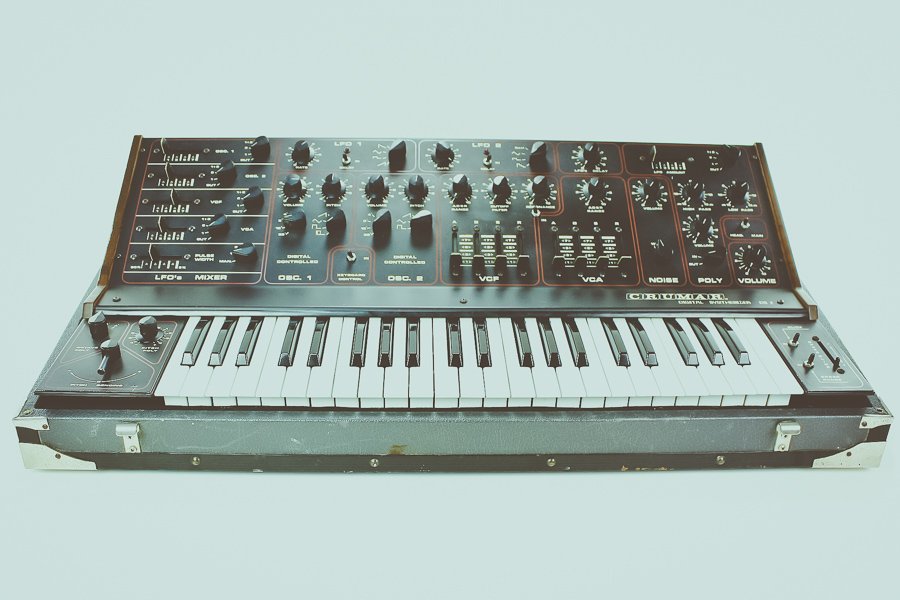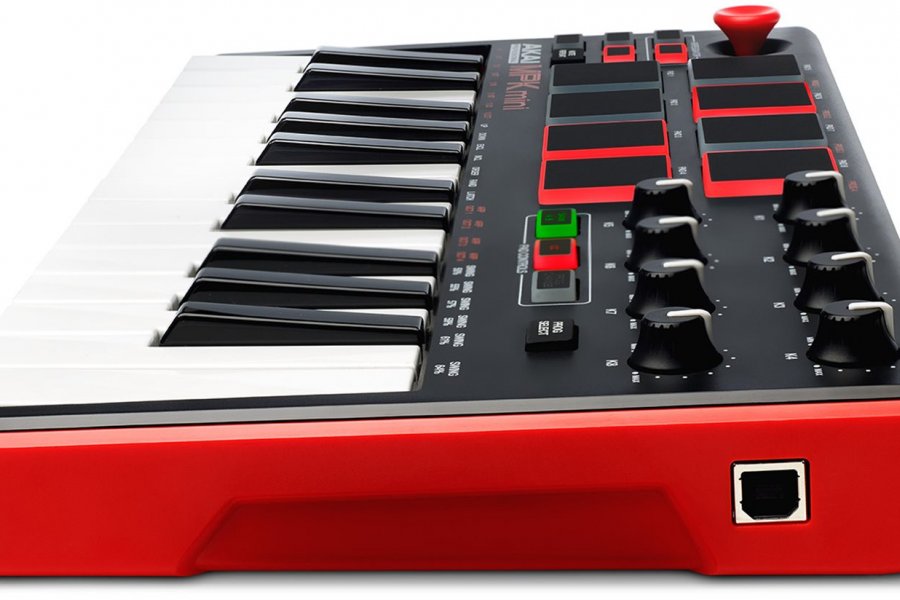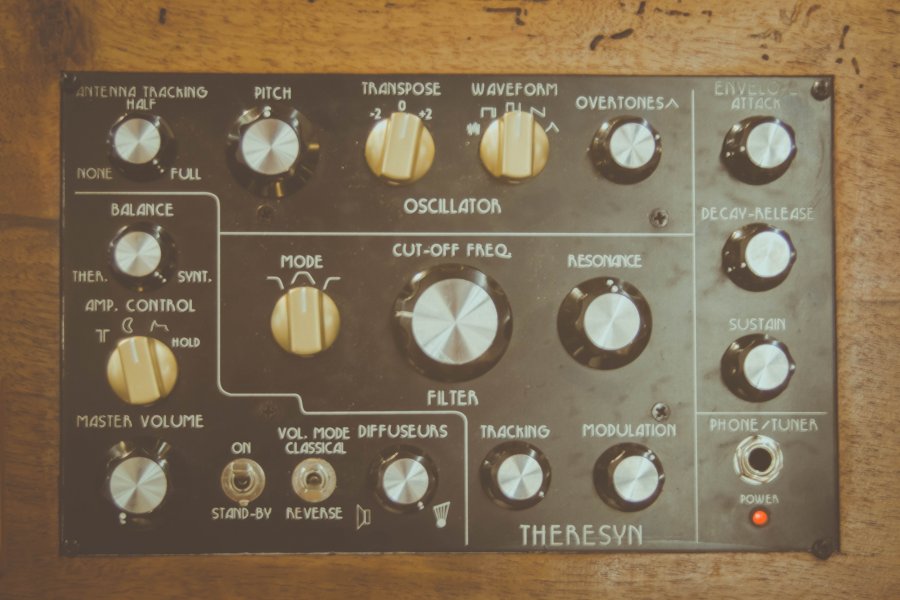Modular Synthesis
A brief history of modular synthesis
How far have we come since the first Moog blew our minds?
The first commercial synths were realized almost simultaneously by Robert Moog in New York, and Donald Buchla in San Francisco, or so some would say.
Moog began developing a modular synthesiser with Herb Deutsch in 1963. He actively sought advice from musicians, resulting in groundbreaking ideas like the ADSR envelope generator, pitch and modulation wheels and, most importantly, the inclusion of a familiar organ-style keyboard. His aim was to make an instrument that musicians felt they were already a bit familiar with.
Others thought that this was too traditional an approach to musical instruments. Donald Buchla was of that opinion, and championed the use of alternate controllers and experimental interfaces.
Buchla’s synth appeared in 1963 after being commissioned by the San Francisco Tape Music Center. With a $500 grant in hand, he set about alleviating the tedium of the existing method of electronic composition: recording individual tones from test oscillators to tape, then splicing them together to form a musical passage. The Buchla 100 Series Modular Electronic Music System was born.
Buchla’s and Moog’s systems had similarities, offering modules such as oscillators, envelopes, filtering, various modulation options and voltage-controlled amplification. Both used patch cables to interconnect modules as the user saw fit.
Across the Atlantic, a geologist and music enthusiast called Peter Zinovieff built the first ever personal computer music studio in his garden shed. This costly hobby gave rise to Electronic Music Studios (London) Ltd. where, with the aid of composer Tristram Cary and David Cockerell, he developed the VCS 3, a compact three-oscillator synthesiser.
Key inclusions were a joystick and a flexible 16 x 16 modulation matrix that allowed users to route any part of the synth to any other simply by inserting a pin. No patch cables here. Nor was there a keyboard – yet! Like Buchla, Zinovieff scoffed at convention.
The success of VCS
Fortunately, many musicians disagreed with his assessment, finding the VCS 3 ideal for exotic timbres and encouraged, no doubt, by its relative portability and inviting interface. It was followed by the Synthi A, a functionally identical synth rearranged and stuffed into a plastic briefcase.
The VCS 3 was ‘semi-modular’, offering a ‑fixed number of modules – you couldn’t add, say, another oscillator to the cabinet, but existing modules were freely connectable.
Though enjoying modest sales, early modular synths were soon superseded by portable instruments with hardwired signal paths. Modulars were too big, too unstable and too expensive for the average musician. They would, however, emerge in the following millennium as the instrument of choice for the discerning electronic musician, who would turn to both vintage and modern modular hardware and software to sate an unending thirst for new sounds.
There are now more choices than ever before, both physical and virtual, with the latter shod of the size and expense of ‘real’ machines. Software modular systems have grown in capability and power, and continue to do so, all the while becoming more user and CPU-friendly. As processing power increases, the software modular now eclipses that of its hardware counterpart. Once, software systems such as SynC Modular and Generator (eventually renamed Reaktor) offered limited real-time capabilities, but such limitations no longer apply in any practical setting.

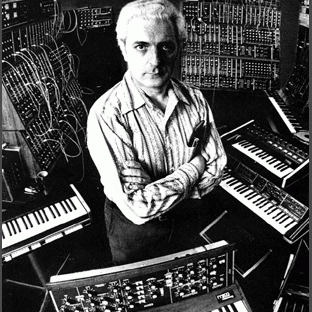

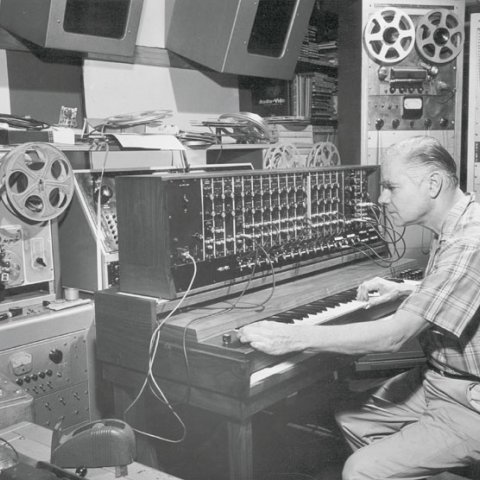
 Other blog items you might be interested in...
Other blog items you might be interested in...
